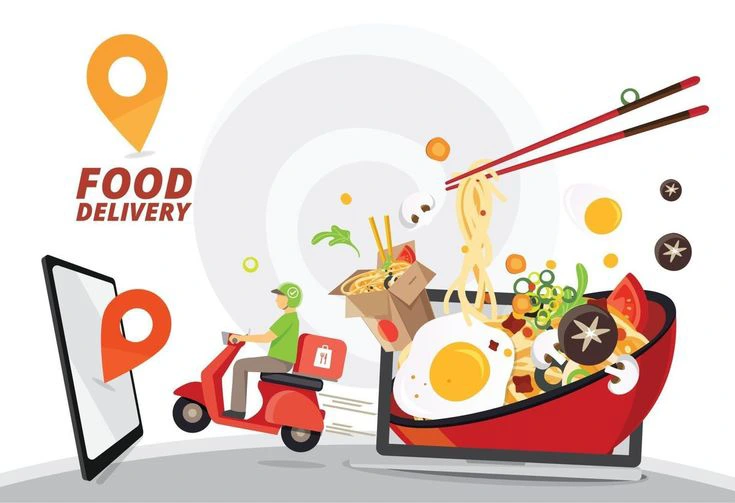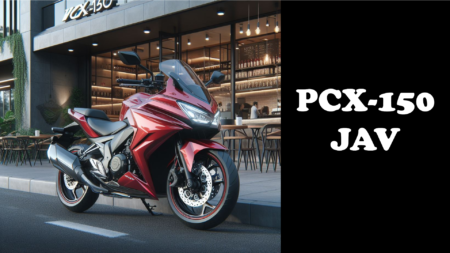Understanding the Food Delivery App Market
Before diving into development, it’s crucial to understand the food delivery app market. In recent years, the food delivery industry has exploded, driven by consumer demand for convenience and variety. Companies like UberEats and DoorDash have set high standards, but there’s still room for innovation. Knowing your market helps you identify gaps and opportunities — essential for creating a successful app. Market research involves studying competitors, understanding user needs, and identifying trends. This foundation will inform every aspect of your app’s development.
If you need the best food delivery app company visit the page https://celadonsoft.com/solutions/food-delivery-app-development-services.
Essential Features of a Food Delivery App
A food delivery app must have several key features to meet user expectations. The basics include user registration and profiles, a restaurant listing with menus, a search and filter function, and a user-friendly order placement system. Payment gateways are crucial for smooth transactions, and real-time order tracking enhances the user experience. Don’t forget push notifications for updates and promotions. Integrating these features requires careful planning and robust back-end support. It’s important to balance functionality with ease of use to keep users engaged and satisfied.
Designing the User Interface
User interface (UI) design is a critical step in developing a food delivery app. A well-designed UI ensures that users can navigate the app effortlessly. Start with wireframes to map out the app’s layout and flow. Focus on simplicity and clarity — users should be able to find what they need without frustration. Choose a color scheme that reflects your brand and is visually appealing. Pay attention to typography and iconography, ensuring they are consistent and intuitive. Usability testing is essential to refine the design before moving on to development.
Choosing the Right Technology Stack
Selecting the right technology stack is pivotal for the app’s performance and scalability. The front-end and back-end technologies should be compatible and support your app’s features. Common choices for front-end development include React Native and Flutter, which allow for cross-platform compatibility. For the back-end, Node.js and Ruby on Rails are popular due to their robustness and flexibility. Integrating third-party services for payments, notifications, and analytics will enhance the app’s functionality. The choice of technology affects development time and costs, so it’s important to make informed decisions.
Developing and Testing Your App
Development is where your planning comes to life. Start by building an MVP (Minimum Viable Product) to validate your concept. The development process involves coding, integrating APIs, and setting up databases. Regular testing is crucial to identify and fix bugs early. Use automated testing tools to streamline the process. Beta testing with real users provides invaluable feedback, helping you refine the app before the official launch. Remember, the goal is to deliver a seamless and reliable user experience.
Launching and Marketing Your Food Delivery App
Launching your app is just the beginning — marketing it effectively is key to its success. Start with a soft launch to gather initial user feedback and make necessary adjustments. Develop a comprehensive marketing strategy that includes social media campaigns, influencer partnerships, and digital advertising. Highlight your app’s unique features and benefits to attract users. Offering promotions and discounts can incentivize downloads and usage. Continuous monitoring and engagement with users will help you maintain and grow your user base.
Conclusion: Embrace Innovation with Celadonsoft
Developing a food delivery app is a complex but rewarding process. By understanding the market, incorporating essential features, designing an intuitive UI, choosing the right technology stack, and testing thoroughly, you can create an app that stands out.






